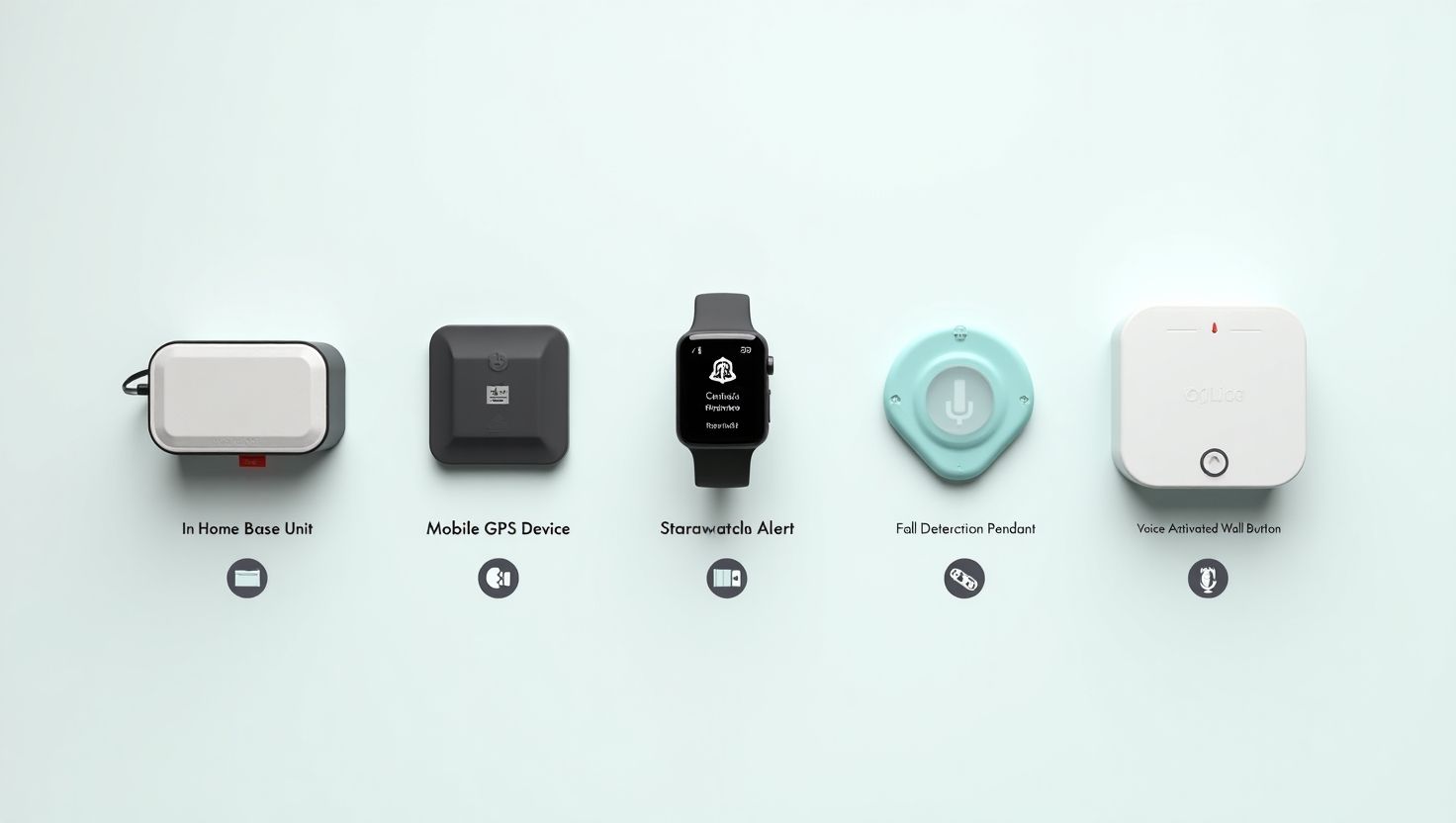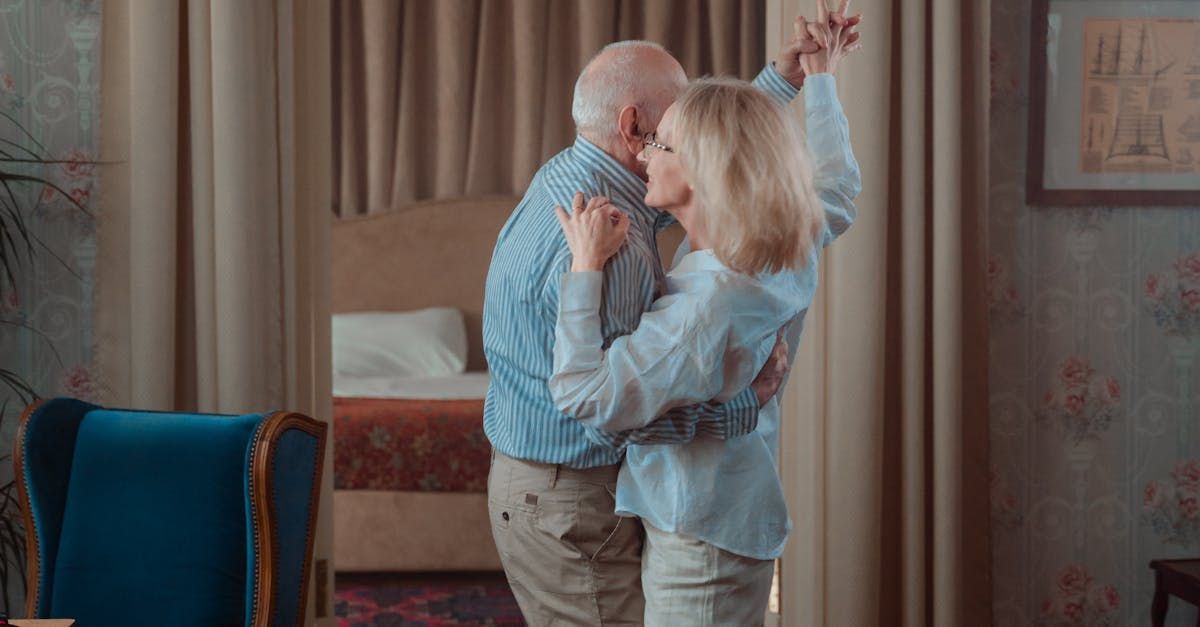What Are Medical Alert Systems and How Do They Work?
What Are Medical Alert Systems and How Do They Work?
Every eleven seconds, an older adult visits the emergency room due to a fall. These statistics highlight a critical question: how can you maintain independence while ensuring help is available when needed?
Medical alert systems provide a practical solution. These emergency response systems connect seniors to help at the push of a button, whether they're at home or on the go.
This guide explains everything you need to know about medical alert systems for seniors, from basic functionality to advanced features, helping you choose the right emergency response system for your needs.
What Are Medical Alert Systems?
Medical alert systems are personal emergency response systems (PERS) designed to connect users with emergency assistance quickly. These devices typically include a wearable component, such as a pendant or wristband, and a base unit that communicates with a monitoring center or emergency contacts.
The concept began in the 1970s when a telecommunications pioneer developed the first personal emergency response system after his wife fell and couldn't reach help. Since then, aging in place technology has evolved significantly. Modern systems now include GPS tracking, automatic fall detection, and smartphone integration.
Seniors and their families choose these systems for several reasons:
- Independence: Allows aging in place with confidence
- Quick response: Reduces emergency response time
- Peace of mind: Provides reassurance for both users and caregivers
- 24/7 availability: Ensures help is always accessible
Medical alert devices serve anyone who might need emergency assistance, but they're particularly valuable for seniors living alone.
Types of Medical Alert Systems
In-Home Systems
In-home medical alert systems work within your residence and the immediate surrounding area. These systems include a base unit connected to your home's communication system and a wearable device.
Landline-based systems connect through your existing phone line. They're reliable but limited to areas with landline service. If your phone service goes down, the system may not function.
Cellular-based systems use wireless networks instead of landlines. They offer better reliability and work during power outages (with backup batteries). Most providers now recommend cellular systems due to their superior connectivity.
Range typically extends 300-600 feet from the base unit, covering most homes and yards. These systems are suitable for many seniors, especially those using Vanderbilt home care services or those residing in assisted living communities in Utah.
Mobile Medical Alert Devices
Mobile systems provide protection anywhere with cellular coverage.
Key features include:
- GPS tracking for precise location identification
- Nationwide coverage through cellular networks
- Two-way communication capabilities
- Emergency assistance regardless of location
- Ideal for active seniors who travel or participate in senior wellness programs.
Mobile devices typically offer 24-48 hours of battery life and include charging docks for easy maintenance.
Wearable Devices & Fall Detection
Modern medical alert systems offer various wearable options:
Pendants hang around your neck and are easy to activate. They're waterproof and lightweight.
Wristbands wear like a watch and may be more comfortable for extended use. Some include additional features like medication reminders.
Smartwatches combine medical alert functionality with fitness tracking and other smart features.
Automatic fall detection represents a significant advancement in fall detection devices for seniors. These systems use accelerometers and algorithms to detect sudden movements consistent with falls. If a fall is detected and you don't respond within 30-60 seconds, the system automatically calls for help.
While not 100% accurate, fall detection technology has improved significantly and can be lifesaving for seniors who become unconscious or unable to press their emergency button.
How Do Medical Alert Systems Work?
The process follows a straightforward sequence:
Step 1: Emergency Activation
An emergency occurs, whether it's a fall, chest pain, or other medical issue. You activate your device by pressing the emergency button, or the system activates automatically through fall detection.
Step 2: Signal Transmission
Your wearable device sends a signal to either:
- Your home's base unit (in-home systems)
- Directly to the monitoring center (mobile systems)
- Your designated emergency contacts (unmonitored systems)
Step 3: Response Center Contact
For monitored systems, trained operators at 24/7 monitoring centers receive your alert within seconds. They can hear and speak with you through the device's two-way communication feature.
Step 4: Situation Assessment
The operator asks about your situation and determines the appropriate response. They have access to your medical information and emergency contacts.
Step 5: Help Dispatch
Based on your needs, the operator may:
- Contact emergency services (911)
- Reach out to family members or neighbors
- Guide minor situations
Key System Differences
Monitored systems connect you to professional monitoring centers staffed 24/7. Operators are trained to handle medical emergencies and can quickly dispatch appropriate help.
Unmonitored systems contact your designated emergency contacts directly. They're less expensive but rely on your contacts being available to respond.
Most experts recommend monitored systems for seniors living alone, as they provide professional assessment and faster emergency response.
Connectivity Options
Cellular systems offer superior reliability compared to landline-based systems. They work during power outages and don't depend on traditional phone service.
Landline systems cost less but are becoming less practical as fewer homes maintain landline service.
Wi-Fi connectivity is available in some newer systems but should be combined with cellular backup for maximum reliability.
Benefits of Medical Alert Systems for Seniors and Families
Enhanced Independence
Medical alert systems enable seniors to maintain their independence while ensuring help is available when needed. This confidence allows many seniors to continue living in their own homes rather than moving to assisted living facilities prematurely.
Peace of Mind for Retirees and Their Families
Caregivers and adult children experience significant stress worrying about their loved ones' safety. These systems offer peace of mind, particularly for families managing memory care in Utah or mental health support for seniors.
Faster Emergency Response
Time is critical during medical emergencies. Medical alert systems can reduce emergency response time by:
- Eliminating the need to locate and dial a phone
- Providing immediate access to professional operators
- Automatically sharing medical information with responders
- Precisely locating users through GPS technology
Vanderbilt Senior Services: Supporting Senior Independence
At Vanderbilt Senior Services, we understand that choosing the right medical alert system is just one part of creating a comprehensive senior safety plan. Our mission is to help seniors maintain their dignity and independence while enhancing their quality of life.
Whether you’re researching the best elderly alert system, assisted living in Utah, or comprehensive health and wellness medical services, we can help you make informed decisions that support long-term safety and independence..
Our team stays current on the latest aging-in-place technology and senior safety solutions, ensuring you receive accurate, up-to-date information to make informed decisions about your safety and independence.
For personalized advice on medical alert systems and other senior care services, solutions, contact Vanderbilt Senior Services today.










